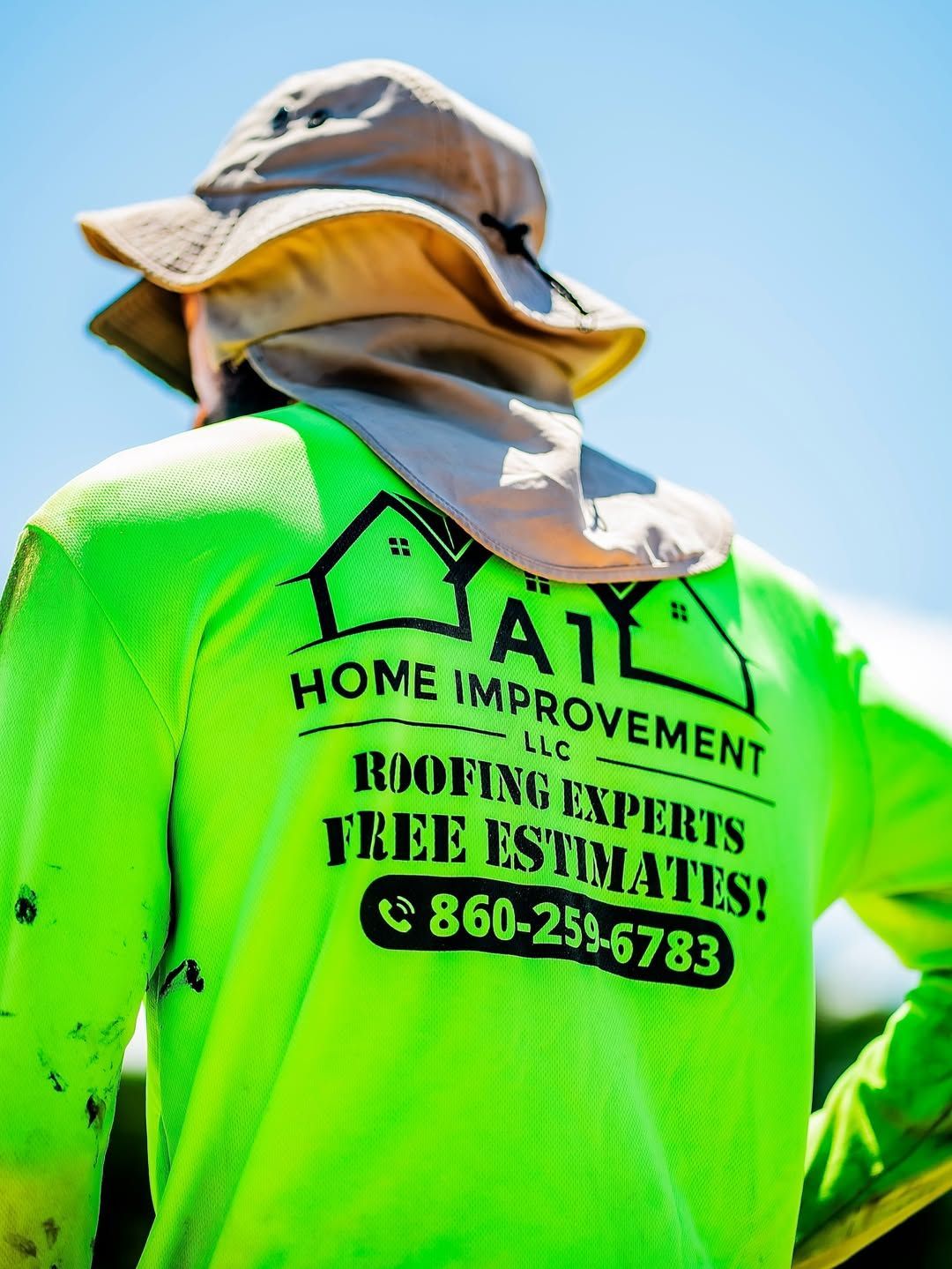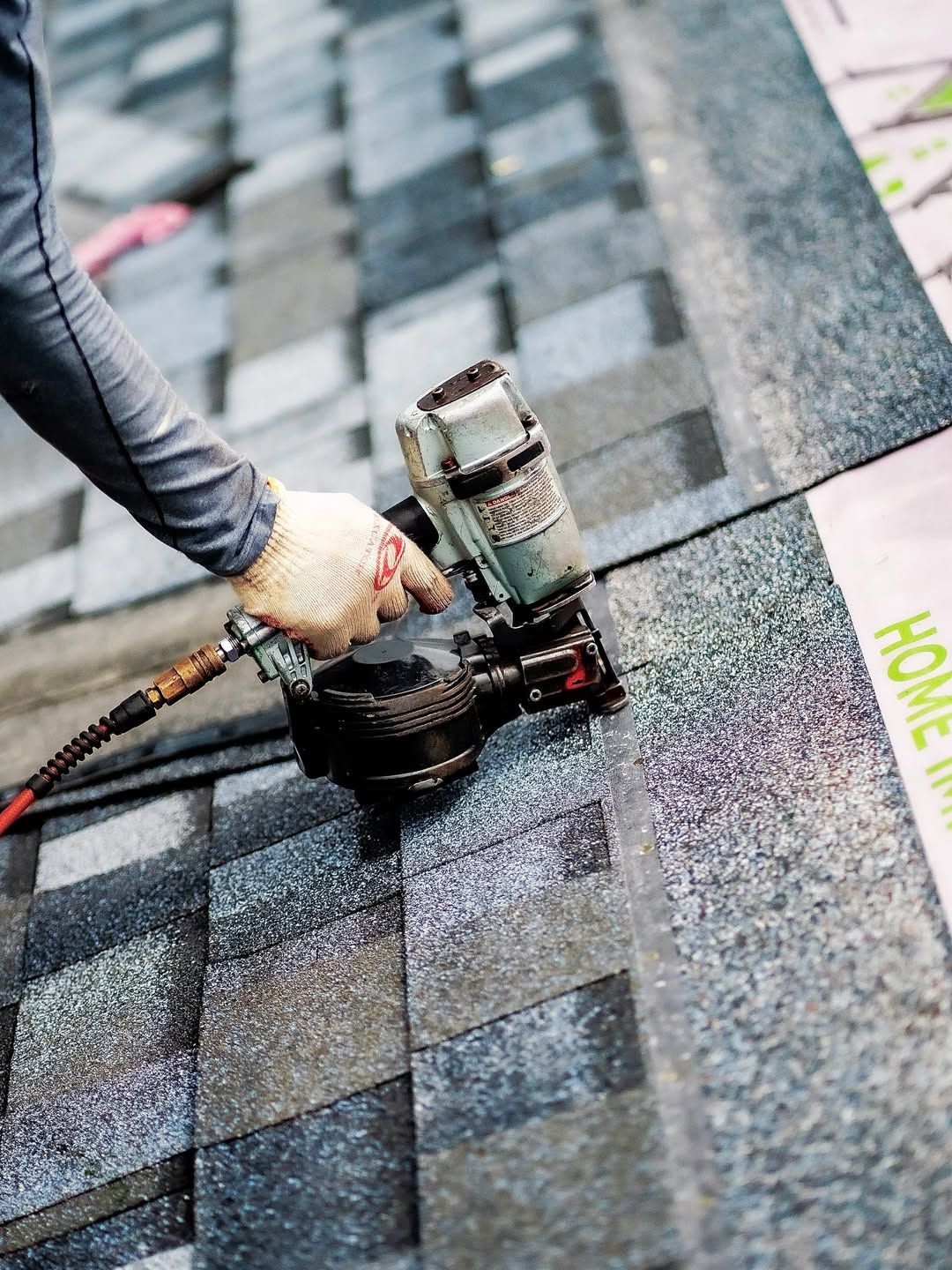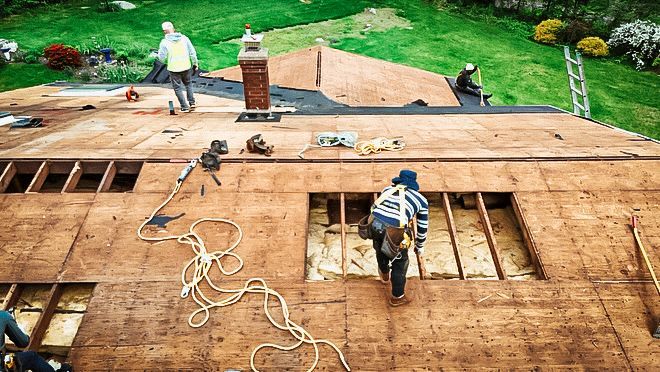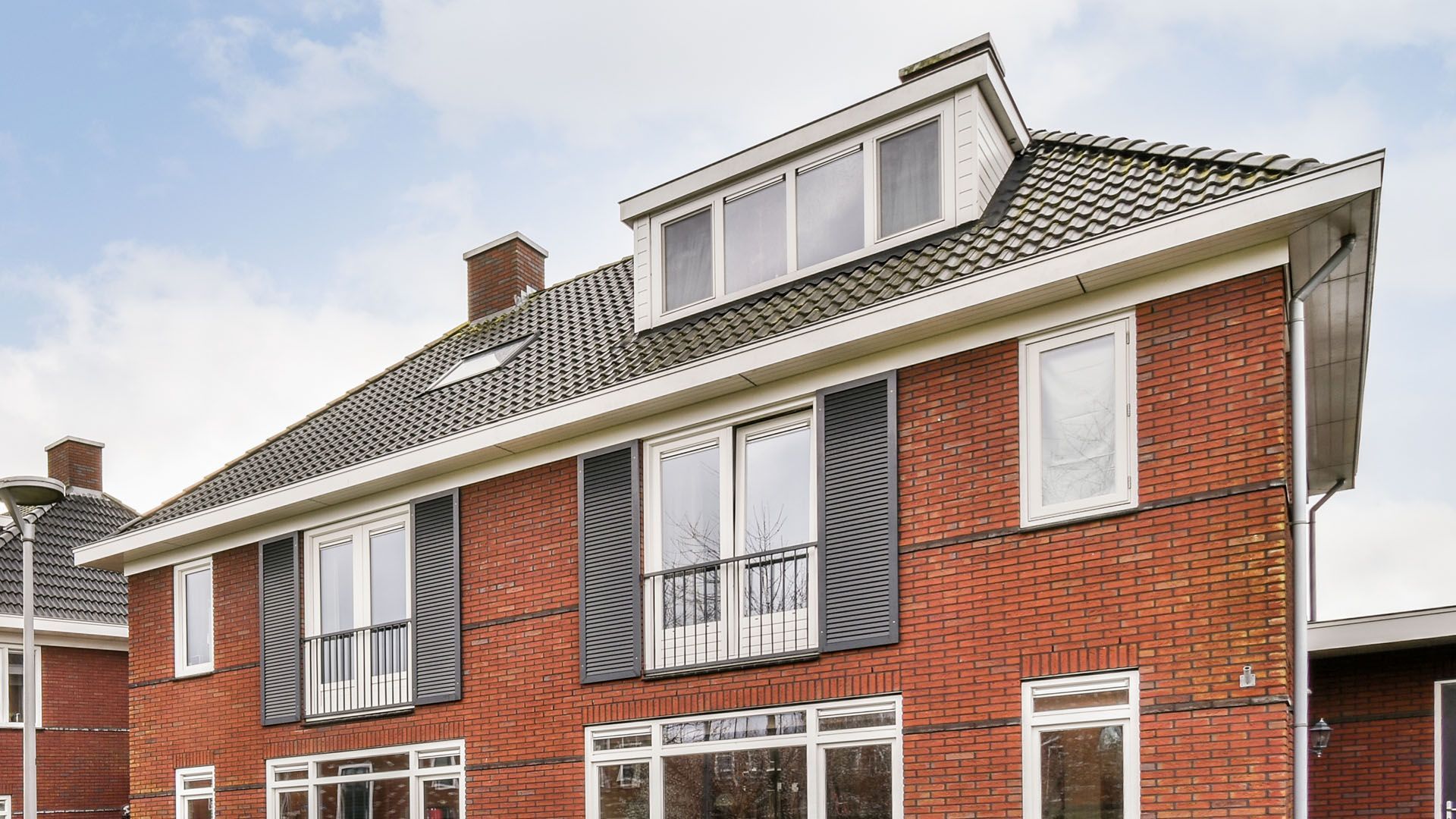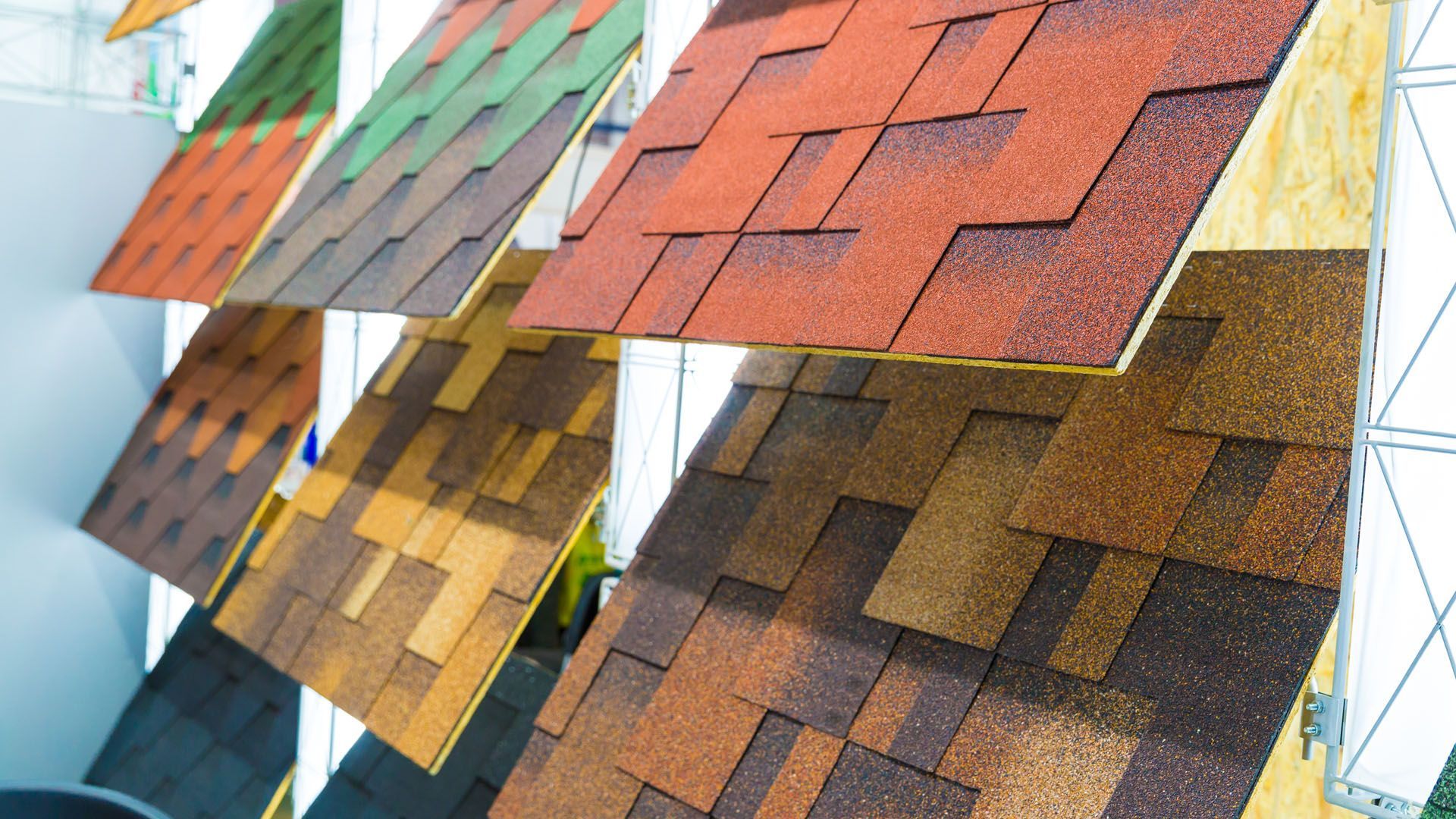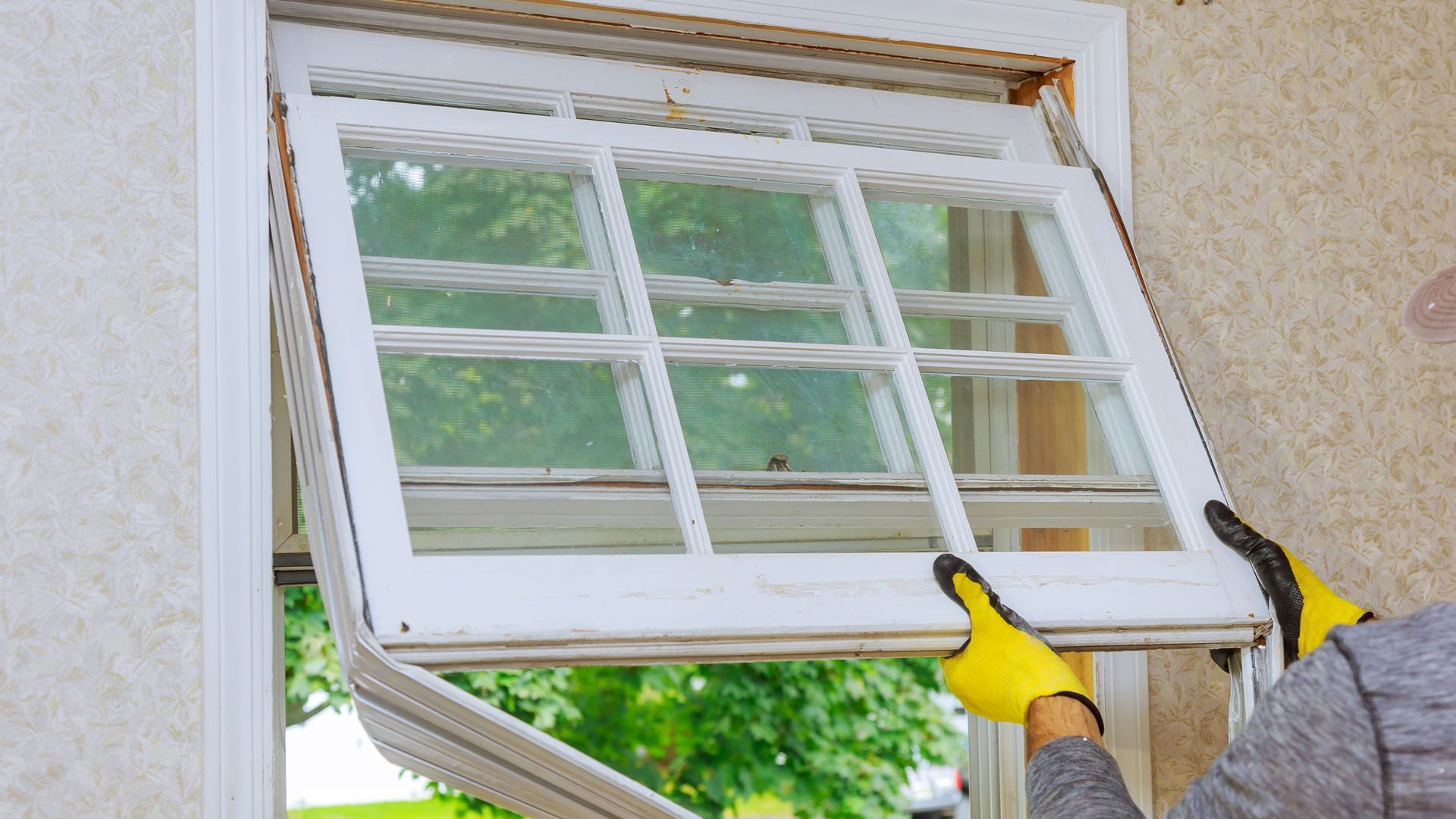How Long Will a Roof Last? Tips to Maximize Your Roof's Lifespan
How long will a roof last? Roof longevity varies widely by material, with some lasting as little as 15 years and others exceeding 100 years. Factors like climate, maintenance, and installation quality also play crucial roles. This article explores the lifespan of different roofing materials and provides tips to help you maximize your roof’s longevity.
Key Takeaways
- The lifespan of roofing materials varies significantly, with asphalt shingles lasting 15-30 years and tile roofs often exceeding 50 years, underscoring the need for proper material selection based on durability.
- Regular maintenance, including timely inspections and repairs, is crucial for extending a roof’s lifespan, regardless of the material used.
- Quality of installation is a key factor affecting roof longevity; hiring reputable contractors can prevent premature failures and ensure warranties are upheld.
The Lifespan of Common Roofing Materials
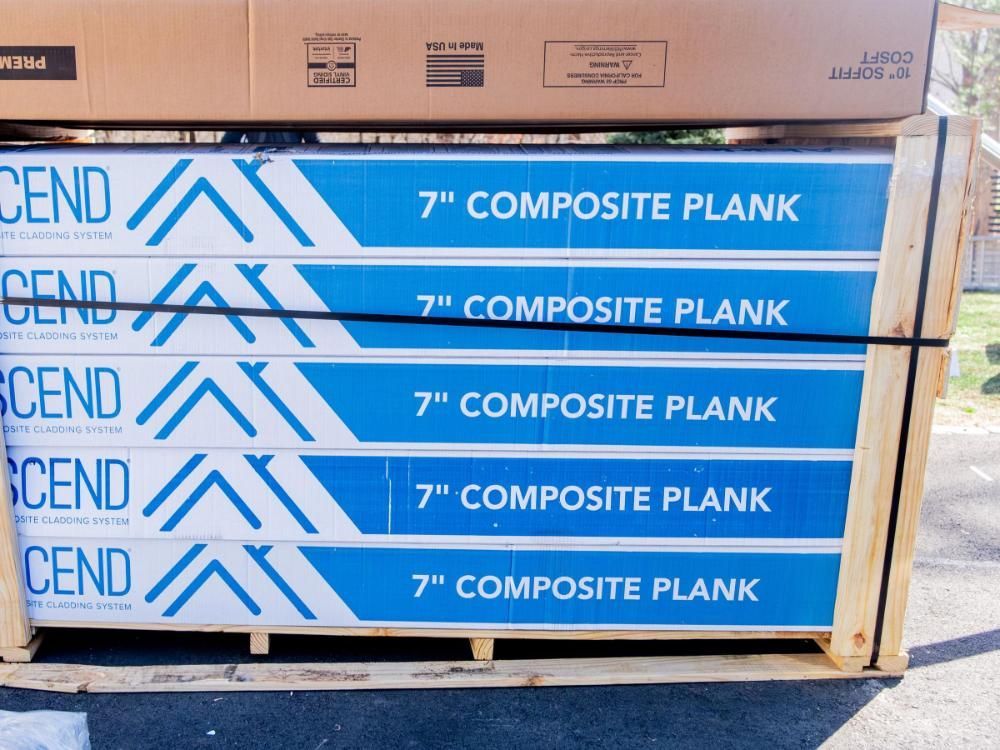
Knowing how long a roof typically lasts is crucial for its upkeep. While the average roof has a lifespan of about 30 years, this can differ greatly depending on the material and how well it is maintained. Different roofing materials have different lifespans, ranging from 15 to over 100 years. Factors like climate, installation quality, and regular maintenance play a crucial role in determining how long a roof will last.
Here, we examine the lifespans of commonly used roofing materials like asphalt shingles, metal roofs, tile roofs, and wood shingles. Each material offers distinct advantages and drawbacks, helping you determine the best option for your home.
Asphalt Shingles
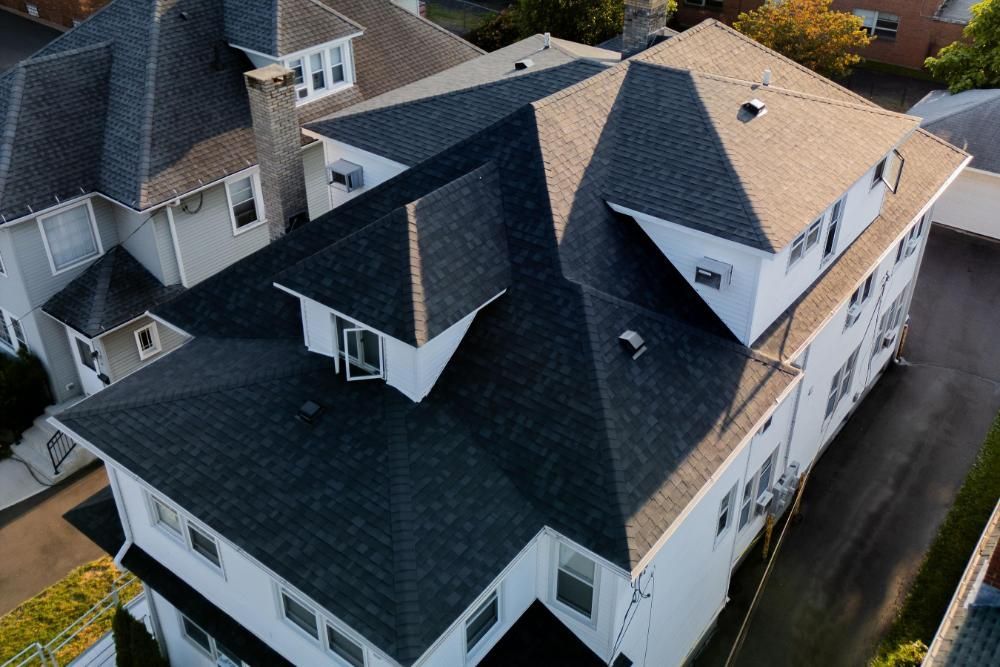
Asphalt shingles are one of the most popular roofing materials due to their affordability and ease of installation. Typically, asphalt shingle roofs last between 15 to 30 years, with the average lifespan being around 20 to 30 years. There are different types of asphalt shingles, with three-tab shingles being the least durable, lasting about 15 to 20 years, while architectural shingles can last between 25 to 30 years.
However, the longevity of asphalt shingles can be influenced by climate. In warmer climates, these shingles tend to have a shorter lifespan due to increased exposure to heat and UV rays, which can cause them to crack or peel.
Consistent maintenance and occasional inspections can prolong the lifespan of asphalt shingles, making them a dependable choice for many homeowners.
Metal Roofs
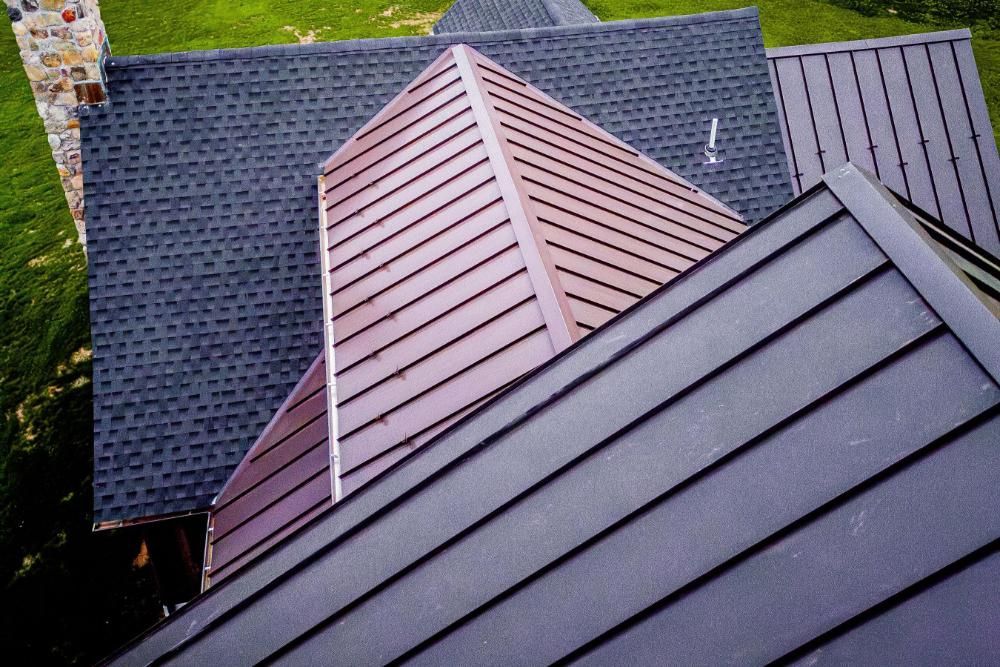
Metal roofs are known for their durability and long lifespan, making them a popular choice for many homeowners. Depending on the material quality and gauge thickness, metal roofs can last anywhere from 20 to 80 years. High-quality metal roofs, particularly those made from steel or copper, can achieve lifespans of up to 80 years, providing excellent long-term value.
The durability of a metal roof is influenced by several factors, including the type of metal used and its thickness. For instance, steel is generally more durable than aluminum, which can impact the overall lifespan of the roof. Additionally, higher gauge metal roofs (25 to 29) typically have a shorter lifespan of 20 to 25 years.
Ongoing maintenance and inspections can keep metal roofs in top shape for many years.
Tile Roofs
Tile roofs are renowned for their longevity and aesthetic appeal. With proper care and maintenance, tile roofs can last over 50 years, making them one of the most durable roofing options available. Clay tile roofs, in particular, can last up to 100 years, providing exceptional durability compared to other roofing materials.
Slate tile roofs are also known for their impressive longevity, often exceeding 100 years. Though tile roofs need little maintenance, occasional inspections and minor repairs are necessary to keep them in top condition. Additionally, a slate roof can provide similar benefits in terms of durability.
This longevity, combined with their resistance to various weather conditions, makes tile roofs an excellent investment for homeowners seeking a long-lasting roofing solution.
Wood Shingles
Wood shingles offer a natural and rustic aesthetic, but they require proper care to maximize their lifespan. With adequate maintenance, wood shingle roofs can last over 30 years. In some cases, they may even exceed 40 years, depending on the type of wood used and the level of care provided.
However, wood shingles are more vulnerable to insect damage and moisture compared to other roofing materials like clay tiles. Frequent inspections and treatments can shield roof shingles from damage, maintaining their condition over the years.
Despite their maintenance needs, wood shingles can provide a charming and durable roofing solution with the right care.
Factors Influencing Roof Longevity
While the choice of roofing material significantly impacts a roof’s lifespan, several other factors also play a crucial role in determining how long your roof will last. Climate and weather conditions, the quality of installation, and regular maintenance practices are all critical in ensuring the longevity of your roof.
Next, we explore the various factors that impact a roof’s lifespan. Understanding these can help you take proactive steps to protect and extend the life of your roof.
Climate and Weather Conditions
The climate and weather conditions in your area have a significant impact on your roof’s longevity. Extreme weather conditions, such as heavy storms, high winds, and fluctuating temperatures, can accelerate the deterioration of roofing materials. High winds can cause loose or missing shingles, while abrupt temperature swings can lead to rapid expansion and shrinking, affecting the roof’s durability.
Sun exposure is another critical factor, as prolonged exposure to UV rays can cause shingles to crack or peel, reducing their lifespan. Proper attic ventilation can counteract some of these effects by stabilizing temperatures and preventing moisture accumulation. Timely inspections and maintenance are crucial for addressing weather-related damage.
Installation Quality
The quality of the installation plays a crucial role in maximizing the lifespan of your roof. Proper installation by reputable roofing contractors ensures that the roofing materials are correctly placed and secured, providing optimal protection against the elements. On the other hand, poor workmanship can lead to premature roof failures and costly repairs.
Trusted contractors usually offer warranties covering labor and materials for installation errors, often lasting 5 to 10 years. Selecting a reputable contractor and verifying their credentials ensures quality work.
Manufacturer’s warranties generally do not cover issues arising from poor installation, highlighting the importance of hiring skilled professionals.
Maintenance Practices
Ongoing maintenance is key to prolonging your roof’s life. Annual inspections can uncover potential problems early, enabling prompt repairs and preventing major damage. Inspections can uncover subtle defects caused by weathering, such as cracked shingles or damaged flashings, which can lead to leaks if left unaddressed.
Proper attic ventilation and insulation are also crucial for maintaining the integrity of your roof. Adequate ventilation prevents moisture buildup and maintains consistent temperatures, protecting the roof’s longevity.
Cleaning gutters and trimming low-hanging branches regularly can prevent water and physical damage to your roof. These practices can greatly extend its lifespan.
Comparing Roof Types for Longevity and Cost
Choosing the right roofing material involves considering both longevity and cost-effectiveness. The lifespan of a roof is a major determinant of its overall value, and different roofing materials offer varying benefits in terms of durability and maintenance needs.
Here, we compare the longevity and cost-effectiveness of various roof types, including asphalt shingles vs. metal roofs, and tile roofs vs. wood roofs. These comparisons will help you make an informed decision about the best roofing material for your home.
Asphalt Shingle Roofs vs. Metal Roofs
Asphalt shingle roofs are widely used in residential construction due to their affordability and ease of installation. Typically, asphalt shingles have a lifespan of 15-30 years, depending on the type and maintenance. In contrast, metal roofs can last between 20-80 years, depending on the material quality and gauge thickness. Asphalt roofs are also a popular choice for many homeowners.
While asphalt shingles are cost-effective initially, they may require more frequent repairs and replacements compared to metal roofs. Metal roofs, although more expensive upfront, offer better long-term value due to their durability and lower maintenance needs.
Ultimately, the choice between these two roofing materials depends on your budget and long-term roofing goals.
Tile Roofs vs. Wood Roofs
Tile roofs, made from durable materials like clay and concrete tile roofs, are known for their impressive longevity, often exceeding 50 years with proper care. In some cases, clay tile roofs can last up to 100 years, providing exceptional durability. On the other hand, wood roofs typically last about 30-40 years, depending on the type of wood and maintenance efforts.
While tile roofs require minimal maintenance, a wood roof demands regular upkeep to prevent rot and insect damage. The aesthetic appeal of wood roofs is undeniable, but their maintenance needs and shorter lifespan compared to tile roofs make them a less durable option.
Homeowners must weigh the benefits of each material to choose the best option for their needs and preferences.
Signs Your Roof Needs Replacement
Recognizing the signs that your roof needs replacement is crucial for maintaining the safety and value of your home. A roof may need replacement if it shows significant signs of wear, even without a major failure or storm damage. Common indicators include deteriorating shingles, roof leaks, and structural issues.
We will detail these signs to help you recognize when a roof replacement might be needed. Staying vigilant and addressing issues promptly can prevent further damage and keep your home protected.
Deteriorating Shingles
Deteriorating shingles are one of the most visible signs that your roof may need replacement. Here are some indicators to look for:
- Cupped shingle tabs and curled edges indicate significant wear and potential exposure to the elements.
- Bald spots on shingles where granules are missing suggest that they are losing their protective layer, making them less effective at preventing water damage.
- Visible cracks in shingles are another clear sign that the material is deteriorating and may need to be replaced.
Keeping an eye on your shingles and addressing signs of wear promptly can prevent extensive roof and home damage. If you observe any of these issues, consulting a reputable roofing contractor for repair or replacement options is advisable.
Roof Leaks and Water Damage
Roof leaks and water damage are critical indicators that your roof may need replacement. Water stains on ceilings or walls often signify underlying roof leaks that need immediate attention. Ignoring roof leaks can lead to more extensive water damage, including mold growth and structural issues, making timely repairs essential.
If you notice any signs of water damage, it’s crucial to address the issue promptly. Contacting a roofing contractor to inspect and repair the leak can prevent further damage and extend the lifespan of your roof. Routine maintenance and inspections can detect potential leaks early, enabling timely repairs and preventing significant water damage.
Structural Issues
Structural issues, such as a sagging roof, are significant indicators of underlying problems that require immediate attention. A sagging roof can signal potential structural damage, which could compromise the integrity of your home. Sagging ceilings are another sign of roof problems that need to be addressed promptly to prevent further damage.
If you notice any signs of structural issues, it’s essential to contact a roofing contractor immediately. Addressing these problems promptly can prevent more extensive damage and ensure the safety and stability of your home. In many cases, structural issues necessitate a full roof replacement to restore the integrity of the roof system.
Extending Your Roof's Life Expectancy
Extending the life expectancy of your roof involves proactive maintenance and timely repairs. Regular maintenance practices, such as annual roof inspections and addressing minor issues promptly, can significantly prolong the lifespan of your roof. By implementing these strategies, homeowners can protect their investment and ensure their roof remains in good condition for many years.
In this section, we will provide practical tips on how to extend your roof’s life expectancy, focusing on regular inspections, timely repairs, and proper ventilation and insulation. These practices can help prevent potential damage and ensure your roof remains in optimal condition.
Regular Inspections
Regular inspections are essential for maintaining the health and longevity of your roof. Annual inspections by certified professionals can help identify issues early, such as missing shingles and cracked caulking, allowing for timely repairs. Homeowners should also check their roof condition seasonally, clear gutters, and inspect for ice dams to prevent potential damage.
Scheduling regular inspections and promptly addressing any issues can prevent costly repairs and extend your roof’s lifespan. Certified home inspectors can thoroughly assess your roof’s condition and recommend essential maintenance practices.
Timely Repairs
Addressing minor damages promptly can significantly reduce the risk of more substantial repairs in the future. Cracked or missing shingles are among the first signs that indicate the need for repairs. Roof leaks can rapidly lead to water damage if not inspected and repaired quickly, making timely repairs essential.
Structural issues, such as sagging ceilings, may arise from neglected repairs and should be addressed immediately to avoid larger damages. By addressing these minor issues promptly, homeowners can save on significant future repair costs and extend the lifespan of their roofs.
Regular maintenance practices, including annual inspections and roof maintenance, are essential to extend your roof’s longevity.
Proper Ventilation and Insulation
Proper ventilation and insulation are vital for maintaining a roof’s health over time. Effective ventilation prevents heat and moisture buildup, reducing humidity in the attic, preventing mold growth, and protecting the roof’s longevity.
Maintaining consistent temperatures in your attic through proper ventilation and insulation can help prevent damage to your roof. Regular checks and maintenance of these systems can keep your roof in good condition, extending its lifespan.
Understanding Roofing Warranties
Understanding roofing warranties is essential for protecting your investment and ensuring your roof is covered in case of defects or issues. There are three primary types of roofing warranties: manufacturer’s, contractor’s, and extended manufacturer’s warranties. Each type offers different levels of coverage and protection.
Here, we explain the differences between these warranties and what homeowners should consider when choosing a roofing contractor. Understanding these warranties helps you make informed decisions and ensures adequate protection for your roof.
Manufacturer's Warranty
A standard manufacturer’s warranty typically covers the cost of defective products, an initial replacement period, and may include prorated coverage. Most manufacturer warranties only cover defects in materials, not issues arising from installation errors. Typically, a standard manufacturer’s warranty lasts for the lifetime of the roof as long as the homeowner owns the property.
Registering a manufacturer’s warranty is necessary for its validity. Understanding the terms and coverage helps you know what is included and what is not, aiding in informed decision-making and ensuring your roof is adequately protected.
Contractor's Warranty
Reputable contractors often provide warranties that can range from 5 years to a lifetime, depending on their policies. Workmanship warranties from contractors may cover labor and materials needed for repairs due to installation errors. Having a contractor’s warranty is crucial as it protects homeowners from potential defects and ensures quality work.
Verify a roofing contractor’s warranty policies to ensure they offer comprehensive coverage. This protection offers peace of mind and ensures your roof is properly installed and maintained.
Summary
In summary, understanding the lifespan of different roofing materials and the factors that influence roof longevity is crucial for homeowners. By choosing the right roofing material, ensuring quality installation, and maintaining regular inspections and repairs, you can significantly extend the lifespan of your roof.
Proactive maintenance, proper ventilation, and understanding roofing warranties are key to protecting your investment and ensuring your roof serves you well for years to come. By taking these steps, you can make informed decisions about your roof and ensure it remains in optimal condition.
Share this Post

